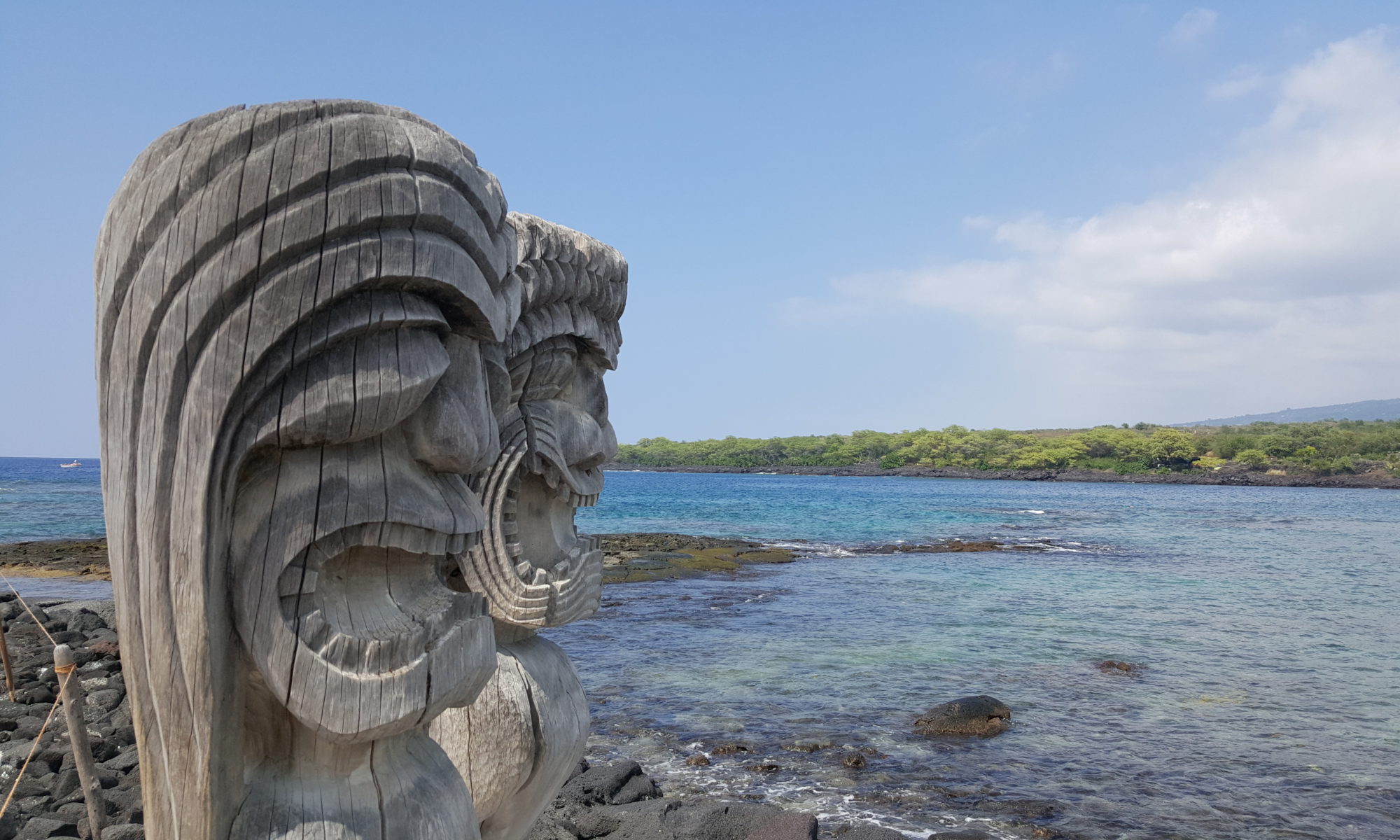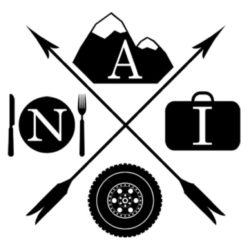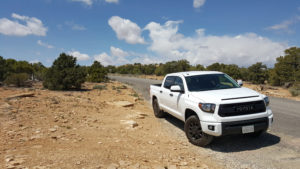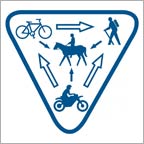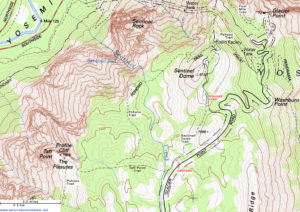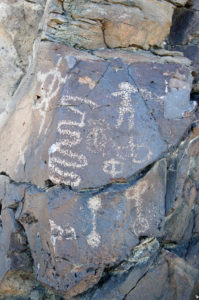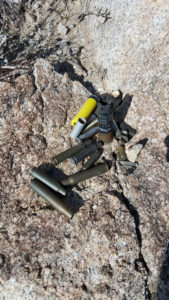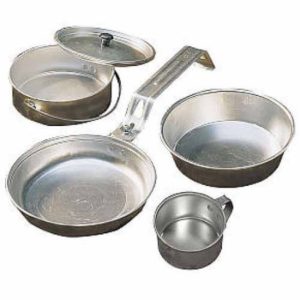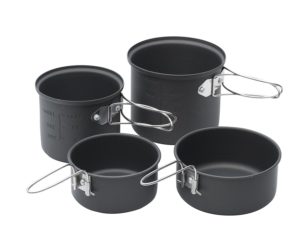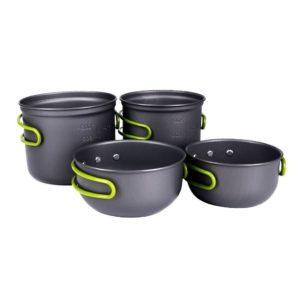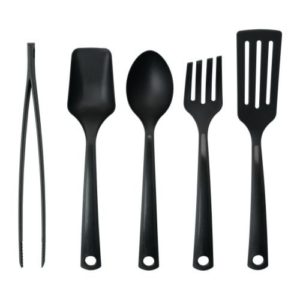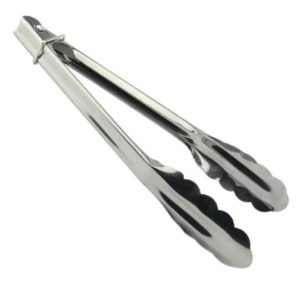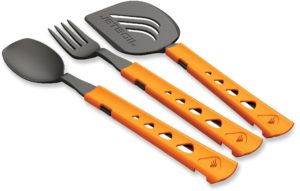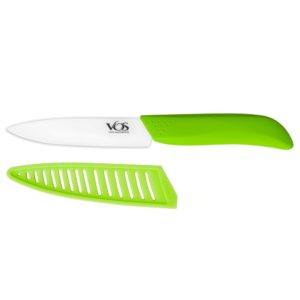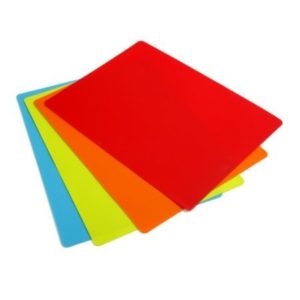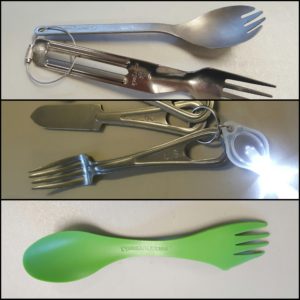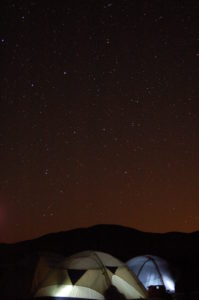
There is nothing quite like waking up with the sun gently filtering into your tent, the cool morning air urging you to get up. There is nothing better than that first cup of coffee while out in the back country and I strongly feel that the smell of bacon cooking in the great outdoors is one of life’s greatest pleasures. For many families, camping has become somewhat of a budget friendly tradition. Camping is perhaps the original ecotourism, a couple of days camping and you can gain a greater appreciation for nature, gain personal enrichment and environmental awareness. Combine that with the potential for exercise and education and you have all the ingredients for a great family vacation.
But the choices you make can have an effect on the environment and can actually inflict harm onto the area in which you camp. Here is where the Tread Lightly principles come into play. Here are ten ways you can minimize negative impacts when camping…
1. Whenever possible, use existing campsites and camp on durable surfaces and place tents on a non-vegetated area. Creating new sites can permanently scar the landscape and removing plants promotes erosion that can further damage the area.
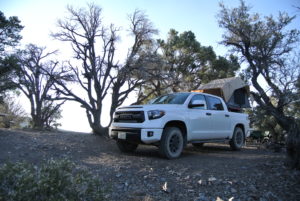
2. Camp a least 200 feet from water so that you don’t disturb wildlife that may rely on that water and when camping in the backcountry disperse your campsite at least 200 feet from trails and other campsites to minimize impact.
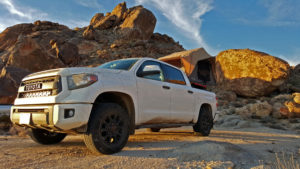
3. Pack out what you pack in and carry a trash bag to pick up litter left by others. If possible, take the garbage and recyclables home for disposal. Do not leave garbage at your campsite as this attracts animals and conditions them to think of humans as sources of food.
4.  Consider food options with minimal packaging or repack your foods in resealable, reusable containers to reduce the amount of trash you generate.
Consider food options with minimal packaging or repack your foods in resealable, reusable containers to reduce the amount of trash you generate.
5. For cooking, consider using a camp stove instead of a campfire. Camp stoves create less of an impact on the land and are much more efficient.
6. 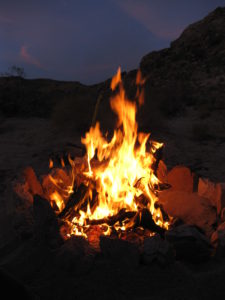 Observe all fire restrictions and observe all rules regarding fires according to the area that you are camping in. If you build a fire, use existing fire rings or use a fire pan. If allowed, use only fallen timber for campfires, do not cut standing trees or limbs. Keep a 10-foot diameter area around the campfire clear of any flammable materials and make sure there aren’t any tree limbs or flammable objects hanging overhead.
Observe all fire restrictions and observe all rules regarding fires according to the area that you are camping in. If you build a fire, use existing fire rings or use a fire pan. If allowed, use only fallen timber for campfires, do not cut standing trees or limbs. Keep a 10-foot diameter area around the campfire clear of any flammable materials and make sure there aren’t any tree limbs or flammable objects hanging overhead.
7. Allow the wood to burn down to a fine ash, if possible. Pour water on the fire and drown all embers until the hissing sound stops. Stir the campfire ashes and embers until everything is wet and cold to the touch. If you don’t have water, use dirt.
8. Detergents, toothpaste and soap can harm fish and other aquatic life. Try to use a biodegradable, plant-based soap so it won’t harm the surrounding environment. Keep grey water 200 feet away from water sources and scatter your gray water so it filters through the soil and to avoid attracting animals directly to your site.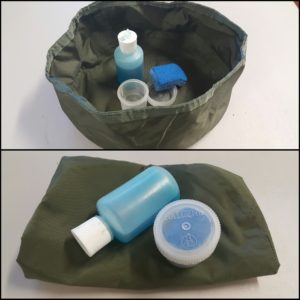
9.  In areas without toilets, use a portable latrine if possible and pack out your waste. If you don’t have a portable latrine, you may need to bury your waste. Human waste should be disposed of in a shallow hole six to eight inches deep at least 200 feet from water sources, campsites or trails. Cover and disguise the hole with natural materials. It is recommended to pack out your toilet paper. High use areas may have other restrictions, so be aware of local regulations.
In areas without toilets, use a portable latrine if possible and pack out your waste. If you don’t have a portable latrine, you may need to bury your waste. Human waste should be disposed of in a shallow hole six to eight inches deep at least 200 feet from water sources, campsites or trails. Cover and disguise the hole with natural materials. It is recommended to pack out your toilet paper. High use areas may have other restrictions, so be aware of local regulations.
10. Following a trip, wash your gear and vehicle to reduce the spread of invasive species.
There you have it, ten tips so you can go camping and reduce your impact on the environment! If we all do our part to Tread Lightly, we can all enjoy our wonderful outdoors together. Thanks for reading and remember to find your adventure where ever you may wander!
Follow us on instagram @adventurenotincluded or for photos of our adventures, check out our Flickr account here.
